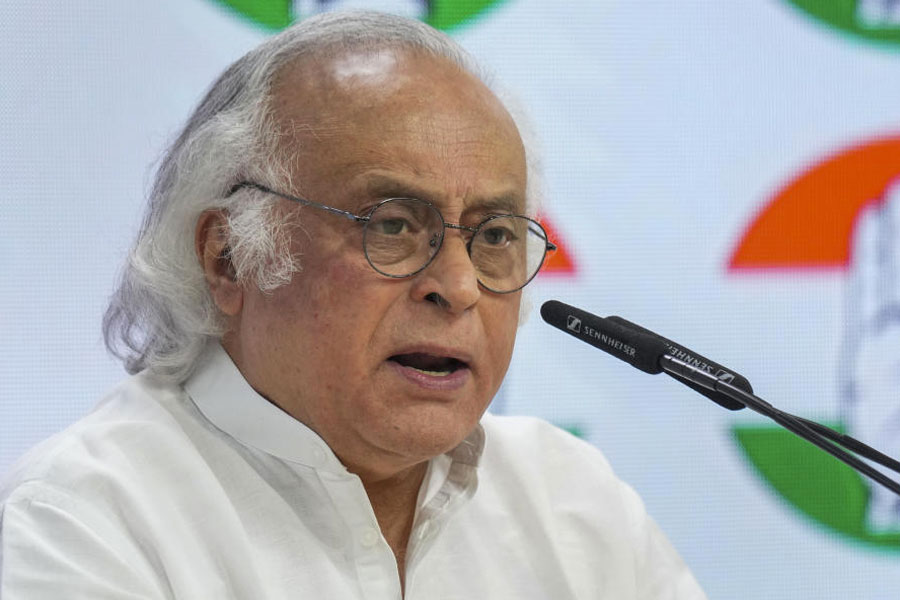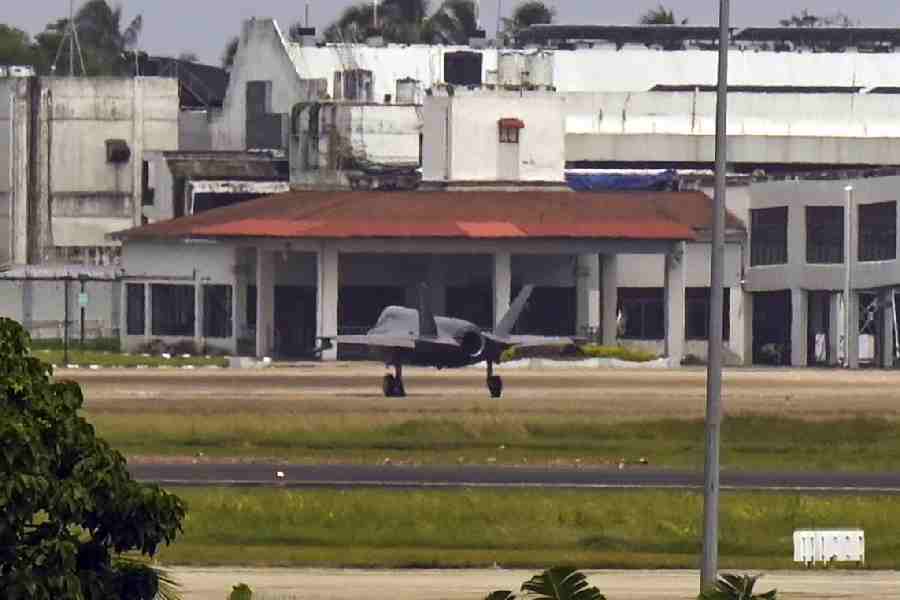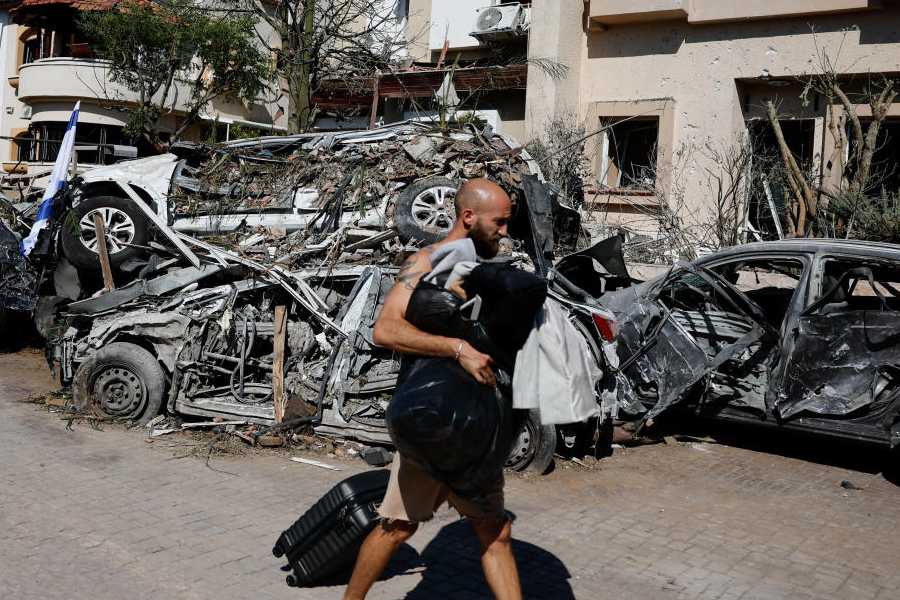
A baby boy, born with a rare abdominal wall defect at MGM Medical College and Hospital in Jamshedpur on Friday, is in urgent need of specialist care and financial help to survive.
The yet-to-be-named infant, the third child of a poor farmer couple from rebel-hit Patamda block in East Singhbhum, probably has a condition called omphalocele, where the baby's intestines, liver and other organs stick outside the belly through the belly button. The organs are covered in a thin, nearly transparent, sac that may sometimes be open or broken.
This rare defect is said to affect one in every 10,000 live births and has a high mortality rate of 25 per cent.
However, doctors at the state-run hospital not just lack the expertise to treat the life-threatening abnormality, they seem largely unaware of it. While the attending gynaecologist in the labour room couldn't say exactly what was ailing the baby boy, nurses - following the advice of senior doctors - have only bandaged the sac with intestines, kidneys and liver to protect the organs from contamination.
Parents Kaushalya Devi (29) and Kanhu Mardi (35) of Beltand village have been told to take their baby boy to either Tata Main Hospital (TMH) in the city or to Rajendra Institute of Medical Sciences (RIMS) in Ranchi for treatment, but the family doesn't have the resources to avail private healthcare or travel 300km to the state capital to save their only son.
According to sources at MGM hospital, Kaushalya delivered her newborn without a caesarean around 7am and labour room doctors, led by gynaecologist Manjula Srivastava, were "taken aback". "The baby was referred to senior doctors, but they only suggested the bandage to keep the organs in place," said an attendant in the gynaecology ward.
Kaushalya admitted that she was devastated when she saw her newborn. "He is my first son. I should have been happy, but I was shaken. The little one had no belly. I am breastfeeding him, but I am scared he won't survive the polluted hospital atmosphere," said the mother.
Kanhu, who had admitted his wife to MGM hospital in Sakchi on Thursday evening and left her in the care of their relative Bishakha, came rushing back from Beltand, 30km away, on Friday morning. "My son may not be normal. But, I will do whatever I can to save him," said the farmer.
But, relative Bishakha conceded that the family didn't have the means to treat the newborn at TMH or take him to RIMS. "Yes, the baby has no belly, but he is normal. He is breastfeeding like any other newborn. By god's grace, he will survive this oddity of nature. Mother and son will stay here till they are better. Where is the money to take them to other hospitals? We have faith in doctors here," she said.
Gynaecologist Manjula Srivastava wasn't as hopeful. "It is a congenital anomaly and has no treatment in medical science. The newborn may live for a week. We have referred him to TMH or RIMS because there is no facility for special postnatal care here," the doctor said.
Treatment for omphalocele may be as rare as the condition, but it does exist unlike what doctors at the state-run hospital seem to know.
According to Centers for Disease Control, US, if the omphalocele is small (only some of the intestine is outside of the belly), it usually is treated with surgery soon after birth to put the intestine back into the belly and close the opening.
If the omphalocele is large (many organs outside the belly as in this case), the repair can be done in stages. The exposed organs can be covered with a special material, and slowly, over time, the organs may move back into the belly. When all the organs have been put back in the belly, the opening is closed.











